Partnership on maize lethal necrosis in Africa makes significant progress
Partners of the Maize Lethal Necrosis (MLN) project in Africa, funded by the Bill & Melinda Gates Foundation and Syngenta Foundation for Sustainable Agriculture (SFSA), came together to review and discuss the progress and next steps for the project at a workshop on 14-15 May.
“The primary goal of this project is to identify MLN-tolerant germplasm, including inbred lines and pre-commercial hybrids, for potential deployment of MLN-tolerant varieties (with other relevant adaptive traits) through partners in Sub-Saharan Africa. The project also seeks to gain information regarding the genetics of resistance to the disease, create awareness and build capacity for more effective MLN management.
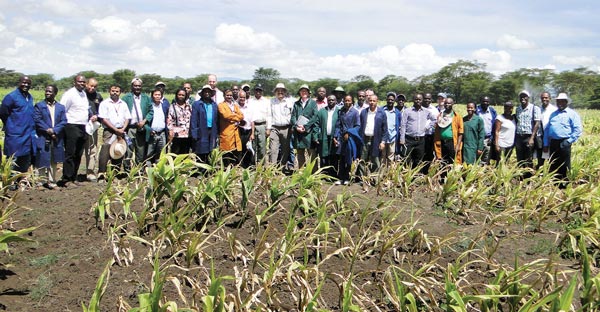
“As the project matures, we will be screening additional promising germplasm coming out of the MLN screening facility at Naivasha and from national agricultural research institute (NARI) partners at satellite testing centers in Kenya, Tanzania and Uganda under high natural disease pressure. This will help to validate the performance of the germplasm under MLN in important agro-ecologies,” said CIMMYT Global Maize Program Director and MLN-Africa project leader, BM Prasanna.
Mike Robinson, chief scientific advisor at SFSA and representatives of several seed companies and NARIs in Kenya, Tanzania and Uganda participated in the MLN Field Day at Naivasha on 14 May. The companies included East African Seed, Kenya Seed Company, Meru Agro, Monsanto, DuPont Pioneer and Seed Co Limited. “We hope to submit several germplasm entries for trials at the MLN screening facility in the next planting season,” said Francis Ndambuki, a maize breeder with Kenya Seed Company.
Less than a year after its opening, the MLN screening facility is now fully functional, evaluating materials from several partner organizations, including the International Institute for Tropical Agriculture, NARIs and seed companies. The partners/ visitors had an opportunity to see several trials taking place at the facility, as well as promising MLN-tolerant germplasm. Scientists involved in this project are working intensively – in collaboration with national and international institutions to develop and validate virus inoculation and germplasm screening protocols. They are also testing a large array of germplasm for responses against MLN under artificial inoculation, developing diagnostic techniques and building the capacity of national partners in MLN diagnostics and management.
The CIMMYT seed systems team is working on scaling-up the identified MLN-tolerant germplasm and distributing it to interested public and private partners in Africa. The progress made on the project’s diverse fronts was presented in detail, and the next steps were discussed during the project meeting held in Nairobi on 15 May. “We are pleased that CIMMYT teamed with KARI to address this important issue for Africa,” said Joseph Mureithi, KARI deputy director. Mureithi continued, “The MLN screening facility at Naivasha is a model of partnership between CGIAR centers, NARIs and the private sector,” adding that the results of the trials at the facility would have far-reaching impact. “Stresses such as drought and poor soil fertility could potentially compound the expression of the MLN disease,” said KARI virologist Dr. Anne Wangai, a key partner in this project. “This is a great opportunity to demonstrate the confluence of technologies – breeding, pathology and entomology,” said Robinson, urging the project partners to further strengthen the scientific edge and demonstrate how the research being undertaken on the disease can quickly result in products that benefit African farmers affected by the disease.
“Policy advocacy is key,” said Wilfred Mwangi, CIMMYT’s regional representative for Africa. He emphasized the need to fast-track registration and commercialization of the MLN-tolerant hybrids, especially in the MLN-affected countries. The Kenya Plant Health Inspectorate Service (KEPHIS) was commended for its commitment and support in fast-tracking the release of promising MLN-tolerant hybrids. “There is fast progress on the MLN research and the first wave of improved materials is coming now,” said Robinson, adding that he is looking forward to seeing more materials in the future. He emphasized the importance of coordination, policy clarity, communication and international synergies on MLN research and development in Africa.
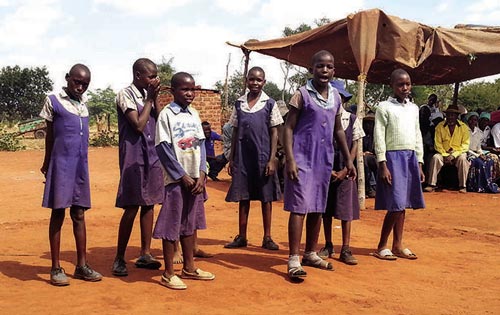


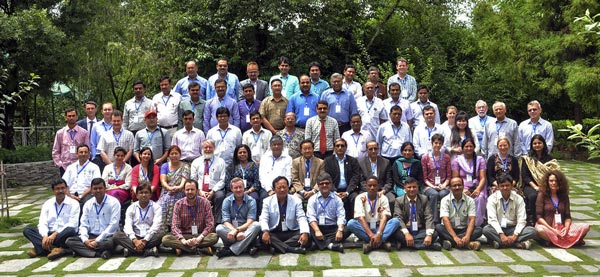 “This program will allow farmers to test a range of innovations to help them boost food production, including conservation agriculture and efficient use of water resources, while strengthening their ability to adapt and link to markets and support services,” White said. “Our aim is to enable at least 130,000 farmers to adopt these technologies within the next 10 years.”
“This program will allow farmers to test a range of innovations to help them boost food production, including conservation agriculture and efficient use of water resources, while strengthening their ability to adapt and link to markets and support services,” White said. “Our aim is to enable at least 130,000 farmers to adopt these technologies within the next 10 years.”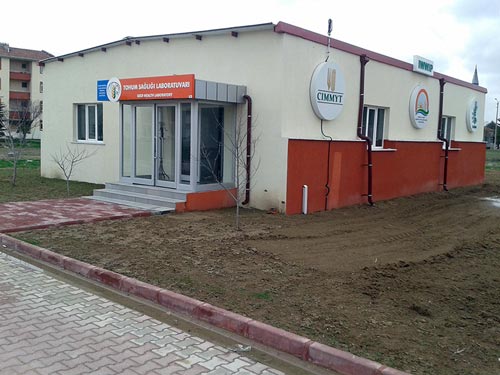
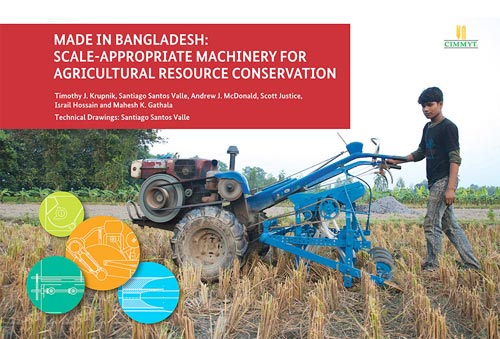
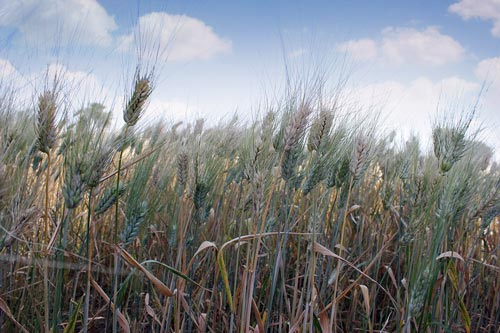

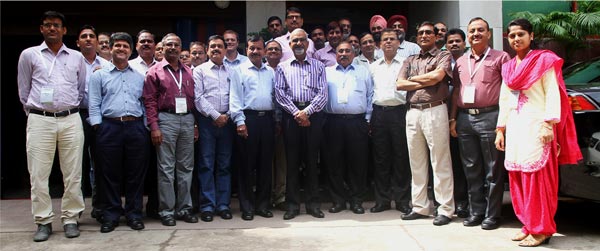
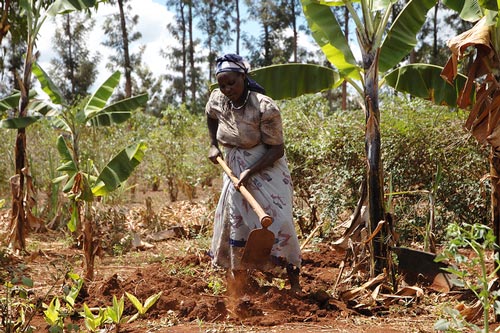
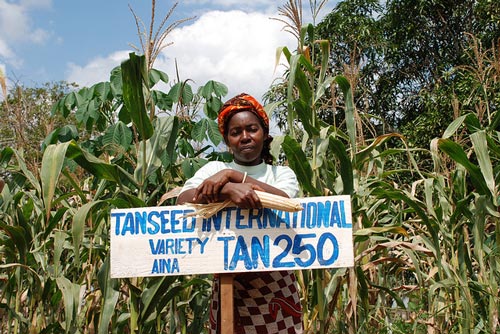
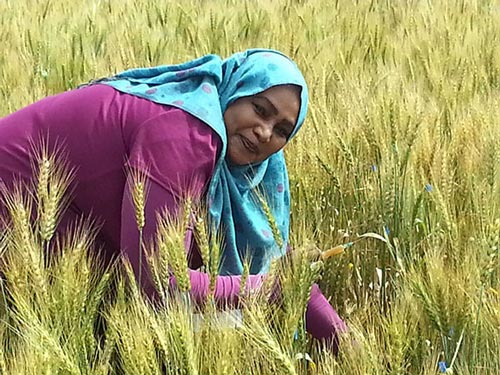
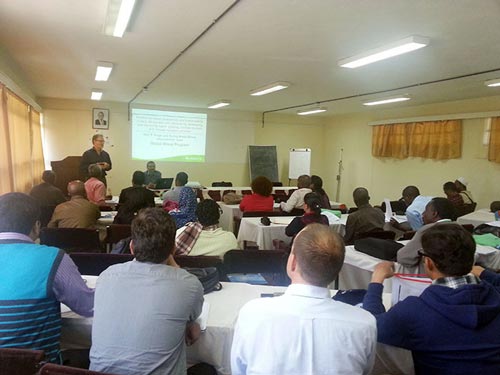
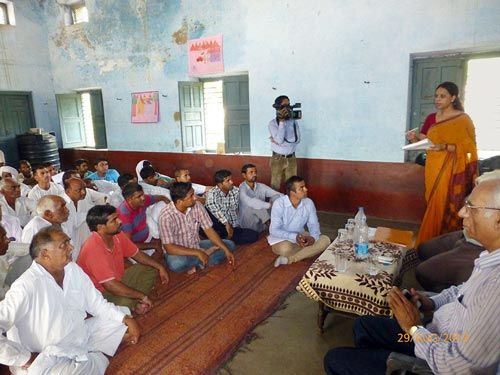
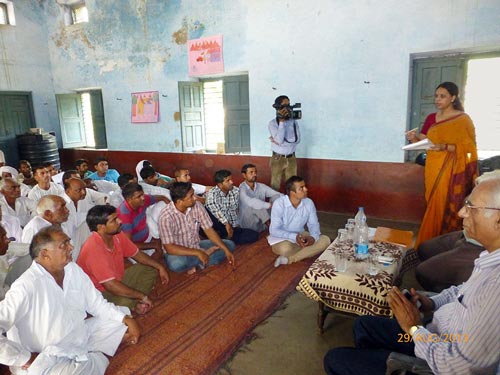
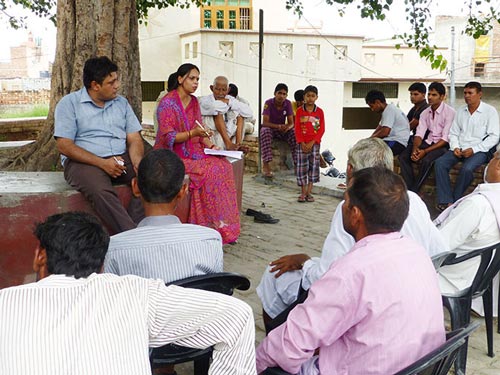
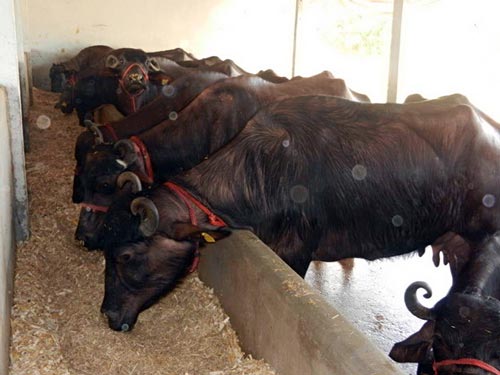 Introducing maize stover into India’s commercial dairy systems could mitigate fodder shortages and halt increasing fodder costs, according to new research by CIMMYT and the
Introducing maize stover into India’s commercial dairy systems could mitigate fodder shortages and halt increasing fodder costs, according to new research by CIMMYT and the 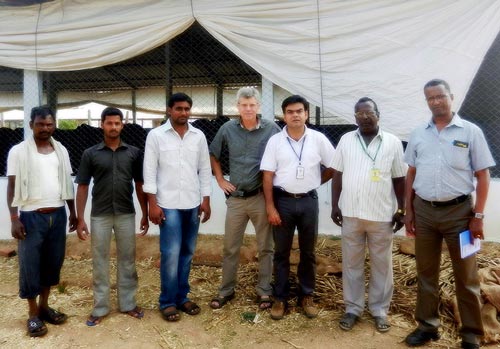 This dairy producer had maintained his eight improved Murrah buffaloes on a diet typical of that of urban and near-urban dairy systems in peninsular India. It consisted of 60% sorghum stover and 40% a homemade concentrate mix of 15% wheat bran, 54% cotton seed cake, and 31% husks and hulls from threshed pigeon-pea. Each of the dairy producer’s buffaloes consumed about 9.5 kg of sorghum stover and 6.5 kg of the concentrate mix per day and produced an average of 8.9 kg of milk per day. This dairy producer purchased sorghum stover at 6.3 Indian rupees (Rs) per kilogram. Together with the cost for concentrates, his feed cost totalled 18.2 Rs per kg of milk while his sale price was 28 Rs per kg of milk. In this trial, the dairy farmer purchased maize stover at 3.8 Rs per kg. When he substituted sorghum stover with maize stover, his average yield increased from 8.9 to 9.4 kg of milk per buffalo per day while his overall feed costs decreased from 18.2 to 14.5 Rs per kg of milk per day. The substitution of sorghum stover with maize increased his profits from 3.7 Rs per kg of milk, apart from an additional 0.5kg milk per buffalo.
This dairy producer had maintained his eight improved Murrah buffaloes on a diet typical of that of urban and near-urban dairy systems in peninsular India. It consisted of 60% sorghum stover and 40% a homemade concentrate mix of 15% wheat bran, 54% cotton seed cake, and 31% husks and hulls from threshed pigeon-pea. Each of the dairy producer’s buffaloes consumed about 9.5 kg of sorghum stover and 6.5 kg of the concentrate mix per day and produced an average of 8.9 kg of milk per day. This dairy producer purchased sorghum stover at 6.3 Indian rupees (Rs) per kilogram. Together with the cost for concentrates, his feed cost totalled 18.2 Rs per kg of milk while his sale price was 28 Rs per kg of milk. In this trial, the dairy farmer purchased maize stover at 3.8 Rs per kg. When he substituted sorghum stover with maize stover, his average yield increased from 8.9 to 9.4 kg of milk per buffalo per day while his overall feed costs decreased from 18.2 to 14.5 Rs per kg of milk per day. The substitution of sorghum stover with maize increased his profits from 3.7 Rs per kg of milk, apart from an additional 0.5kg milk per buffalo.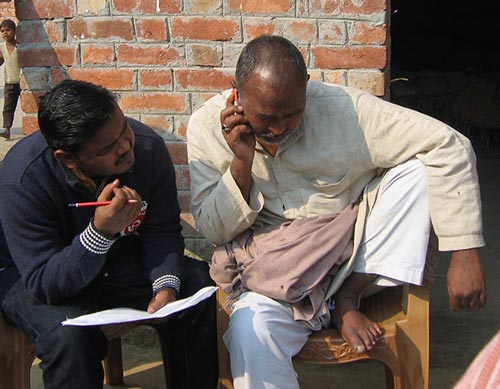 Mobile phones promise new opportunities for reaching farmers with agricultural information, but are their potential fully utilized? CIMMYT’s agricultural economist Surabhi Mittal and
Mobile phones promise new opportunities for reaching farmers with agricultural information, but are their potential fully utilized? CIMMYT’s agricultural economist Surabhi Mittal and 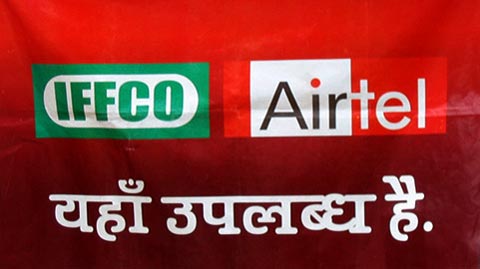 What can be done? Agro-advisory providers need to develop specific, appropriate, and timely content and update it as often as necessary. This cannot be achieved without a thorough assessment of farmers’ needs and their continuous evaluation. To ensure timeliness and accuracy of the provided information, two-way communication is necessary; Mittal and Mehar suggest the creation of helplines to provide customized solutions and enable feedback from farmers. The information delivery must be led by demand, not driven by supply. However, even when all that is done, it must be remembered that merely receiving messages over the phone does not motivate farmers to start using this information. The services have to be supplemented with demonstration of new technologies on farmers’ fields and through field trials.
What can be done? Agro-advisory providers need to develop specific, appropriate, and timely content and update it as often as necessary. This cannot be achieved without a thorough assessment of farmers’ needs and their continuous evaluation. To ensure timeliness and accuracy of the provided information, two-way communication is necessary; Mittal and Mehar suggest the creation of helplines to provide customized solutions and enable feedback from farmers. The information delivery must be led by demand, not driven by supply. However, even when all that is done, it must be remembered that merely receiving messages over the phone does not motivate farmers to start using this information. The services have to be supplemented with demonstration of new technologies on farmers’ fields and through field trials.